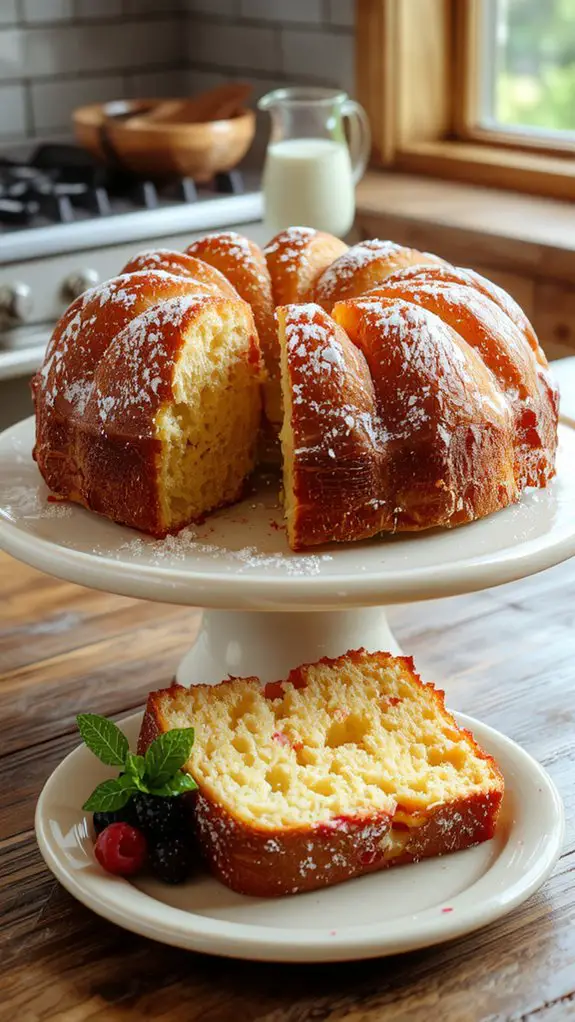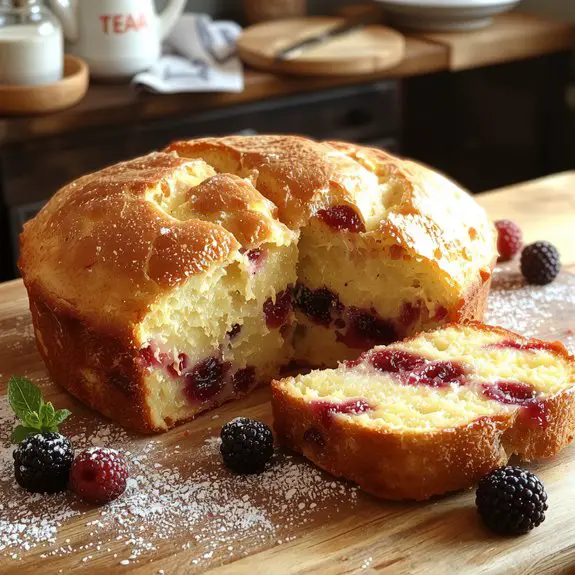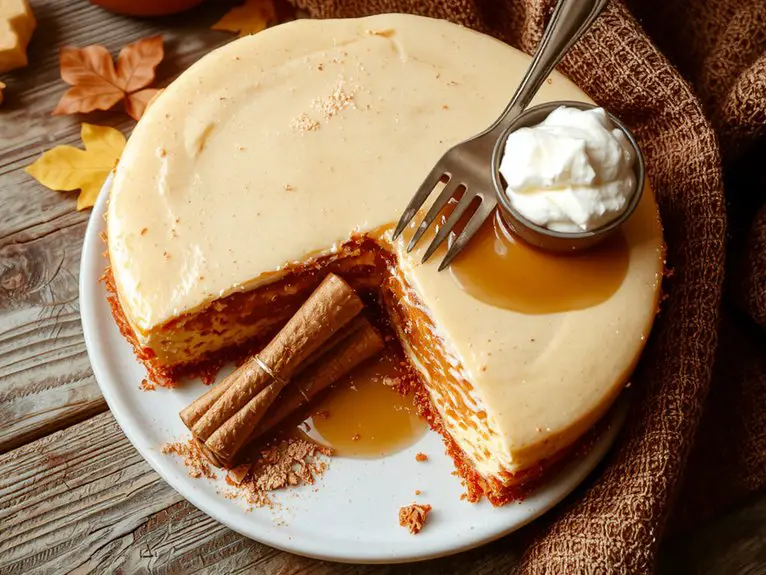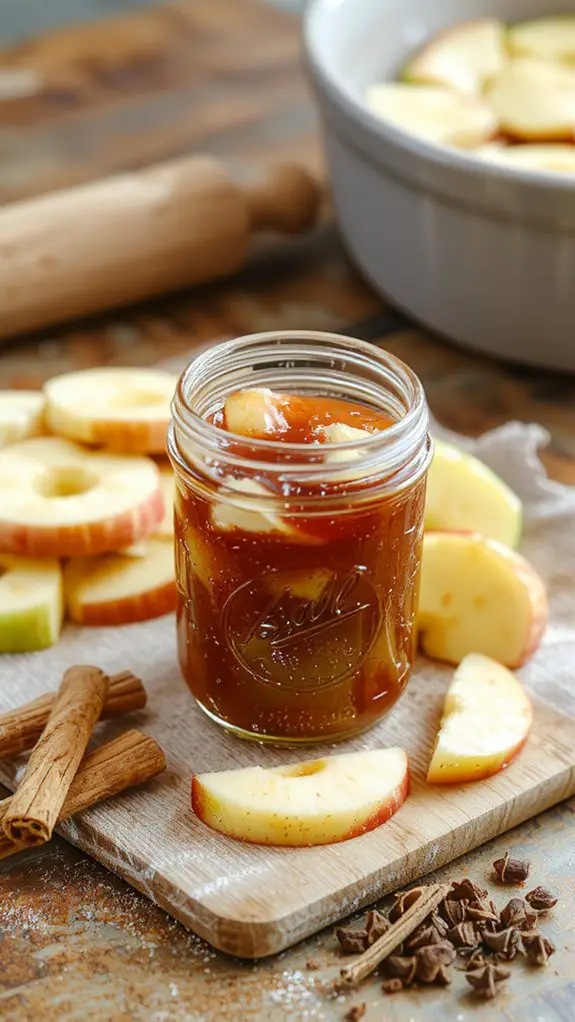Recipe
There’s something magical about a perfect pound cake—dense yet tender, buttery with just the right crumb, and so satisfyingly rich that one slice feels like a treat. This homemade version? It’s the kind of recipe you’ll keep coming back to, the one that makes your kitchen smell like a bakery and leaves everyone asking for seconds.
Made with simple, high-quality ingredients (yes, real butter and vanilla matter here!), it’s foolproof and forgiving, even if you’re not a baking pro.
Imagine golden edges with a slightly crisp crust giving way to a melt-in-your-mouth interior—pure comfort in every bite. Trust me, once you try this, store-bought pound cake will never compare.
Let’s bake something unforgettable.
Ingredients
For a classic homemade pound cake that’s rich, buttery, and perfectly moist, the ingredients you choose really matter. This recipe relies on simple, high-quality staples to create a tender crumb and that signature dense texture. Here’s what you’ll need and why each ingredient is key:
- Unsalted butter (1 cup, softened): The foundation of any great pound cake. Use high-quality butter for unbeatable richness and flavor. Pro tip: Let it soften naturally at room temperature for even mixing.
- Granulated sugar (1 ½ cups): Adds sweetness and helps create a slight crust on the cake. Don’t skimp—it’s essential for texture and flavor.
- Large eggs (4, room temperature): Pound cake gets its structure from eggs. Room temperature eggs blend more smoothly into the batter for a consistent crumb.
- All-purpose flour (2 cups): The backbone of the cake. Sift it to avoid lumps and guarantee a light, even texture.
- Baking powder (½ teaspoon): Just a pinch helps the cake rise slightly without making it fluffy—stays true to its dense nature.
- Salt (½ teaspoon): Balances the sweetness and enhances all the flavors. Don’t skip it!
- Whole milk (¼ cup): Adds moisture without thinning the batter. Sub with buttermilk for a slight tang.
- Pure vanilla extract (1 teaspoon): A must for that warm, classic flavor. Use real vanilla, not imitation, for the best results.
Optional extras:
- Lemon zest (1 teaspoon): Brightens the flavor and adds a subtle citrus note. A game-changer if you love a zesty kick.
- Powdered sugar (for dusting): A light dusting on top gives it a bakery-worthy finish.
Pro tip: For the best results, weigh your flour with a kitchen scale—it secures precision and consistency. If you don’t have one, fluff the flour with a spoon before measuring to avoid packing it down.
How to Make the Best Basic Pound Cake Guide
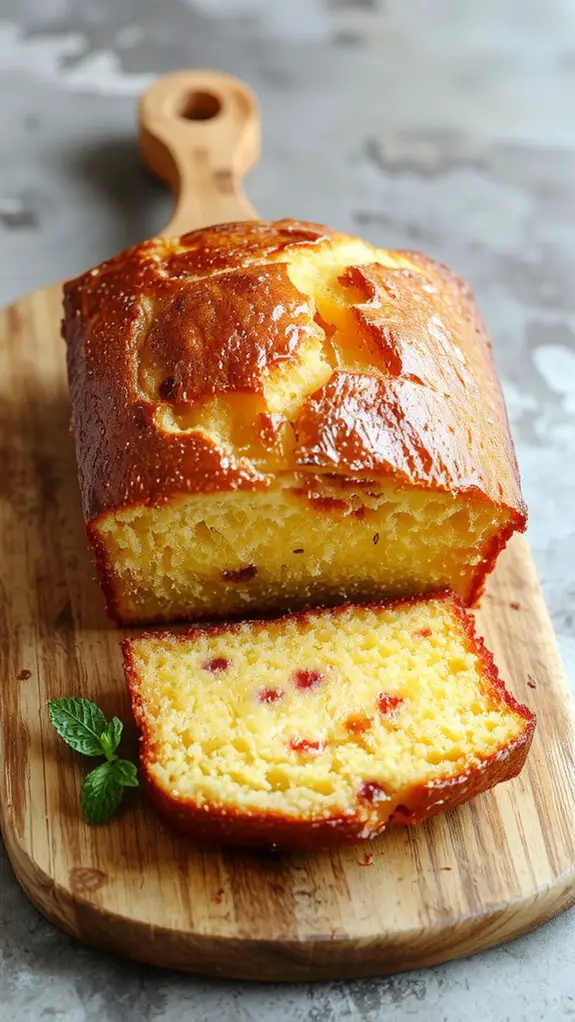
- Beat in 4 large eggs, one at a time, mixing well after each addition. Adding eggs gradually guarantees proper emulsification for a smooth, cohesive batter. Scrape the bowl halfway to avoid uneven mixing.
- Stir in 2 tsp vanilla extract and ½ tsp almond extract (optional) for depth of flavor. Pure vanilla extract makes a difference—imitation vanilla can taste artificial.
- Whisk together 2 cups all-purpose flour, 1 tsp baking powder, and ½ tsp salt in a separate bowl. Sifting isn’t mandatory, but it prevents clumps.
- Tossing in 1–2 tbsp flour with mix-ins (like berries) helps them stay suspended.
- Alternate adding the dry ingredients and ½ cup whole milk to the butter mixture, beginning and ending with flour. Mix just until combined—overmixing develops gluten, leading to a dense cake. A few streaks are okay!
- Pour batter into the prepared pan and smooth the top. Tap the pan lightly on the counter to release air bubbles. For a classic crack, run a butter knife down the center before baking.
- Bake for 60–75 minutes, or until a toothpick inserted comes out clean. Ovens vary—start checking at 55 minutes. If the top browns too fast, tent with foil. Cool in the pan for 15 minutes, then transfer to a wire rack.
- Let cool completely before slicing (about 1–2 hours). Cutting too soon crumbles the cake. For clean slices, use a serrated knife and wipe it between cuts.
Flexibility: For a 10-cup Bundt pan, bake 50–60 minutes. Mini loaf pans take 30–40 minutes. Adjust sugar to 1 ¼ cups if preferring a less sweet cake.
Nutrition
Pound cake is a rich dessert high in calories and sugar. It’s best enjoyed in moderation as part of a balanced diet.
| Nutrition | Per Serving |
|---|---|
| Calories | 320 |
| Total Fat | 16g |
| Saturated Fat | 9g |
| Cholesterol | 105mg |
| Sodium | 150mg |
| Total Carbs | 40g |
| Sugars | 25g |
| Protein | 4g |
Chef Tips
When making pound cake, I always recommend using room temperature ingredients because they blend more evenly, creating a smoother batter.
Don’t overmix once the flour’s added—it can make the cake dense.
Preheat your oven properly to guarantee even baking. Use a light-colored pan for a golden crust and grease it well to prevent sticking.
Let the cake cool in the pan for 10 minutes before transferring it to a wire rack.
Frequently Asked Questions
Can I Freeze Pound Cake?
Yes, I can freeze pound cake. I’ll wrap it tightly in plastic wrap or aluminum foil, then place it in an airtight container or freezer bag. It stays fresh for up to three months.
How Long Does Pound Cake Stay Fresh?
I’ve found pound cake stays fresh for about 3-5 days at room temperature if it’s stored airtight. If I refrigerate it, it can last up to a week, but I’d wrap it tightly to prevent drying out.
Can I Use a Different Pan Size?
Yes, I can use a different pan size, but I’ll need to adjust the baking time. Smaller pans may bake faster, while larger ones might take longer. I’ll check the cake with a toothpick to verify it’s done.
Why Did My Pound Cake Sink?
My pound cake sank because I might’ve overmixed the batter, opened the oven too early, or didn’t bake it long enough. Sometimes, using too much leavening agent or a pan that’s too big can cause it to collapse.
Can I Add Fruit to the Batter?
Yes, you can add fruit to the batter, but I’d recommend tossing it in flour first so it doesn’t sink. I’d also use smaller pieces and fold them in gently to keep the cake’s texture light.

